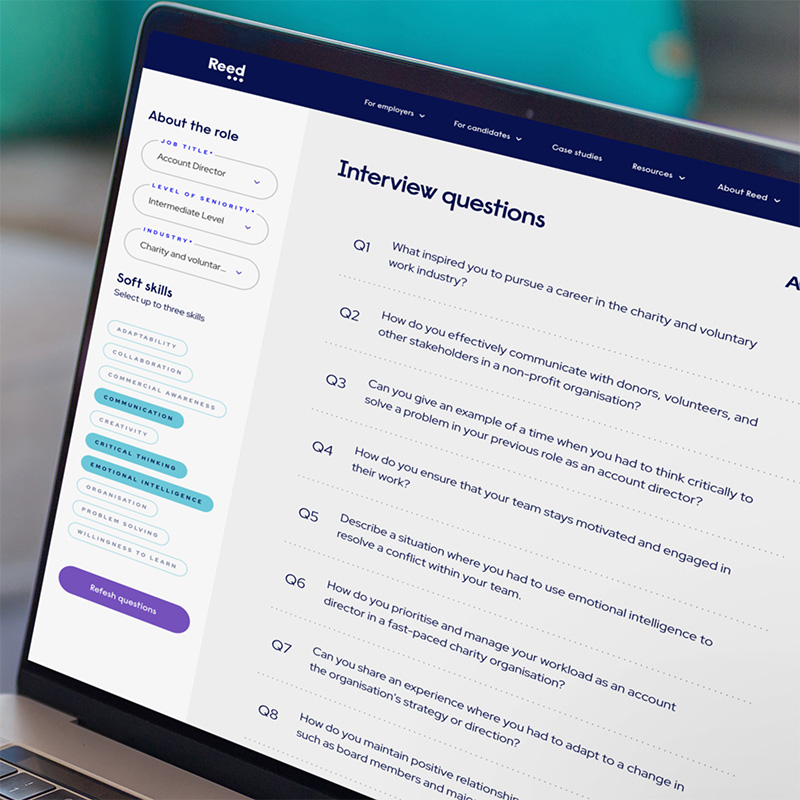At Reed, we have paired companies with local multilingual shared services professionals for decades.
Our specialist multilingual shared services recruitment consultants are based across the Czech Republic, giving us a combination of national reach and local market knowledge when supporting you with your next hire.
We recruit for a range of multilingual shared services jobs working across a variety of areas, including private sector, local authorities and charitable organisations. When working with us, you will work with a dedicated specialist to ensure a smooth and robust recruitment process.
With our rigorous checks and testing to protect your business from risk, you can rely on us to find temporary, permanent or interim solutions to meet your needs.














